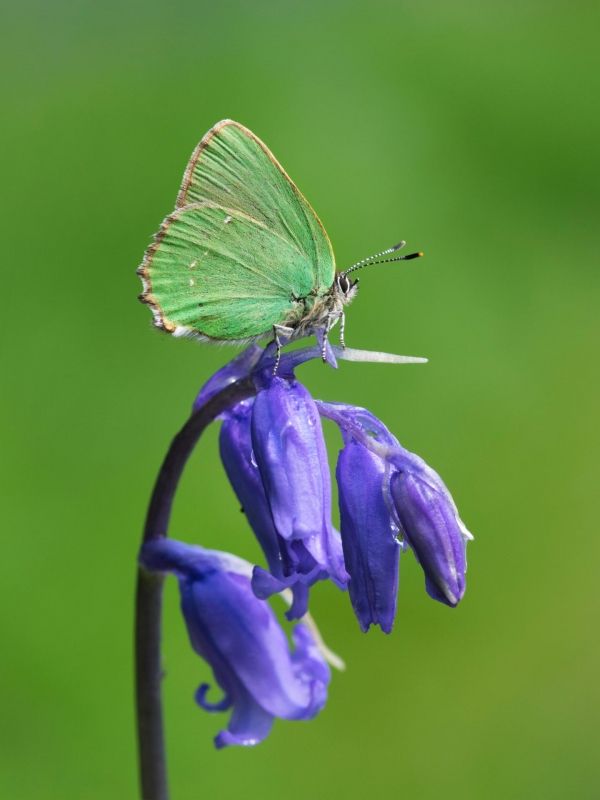Sheltered pockets of cooler and more variable conditions in the British countryside may help native species of flora and fauna survive warming temperatures caused by climate change, researchers have found.
As global temperatures rise, some species of butterfly, beetle and plant are already beginning to disappear from the warmer parts of their geographical range.
By the end of this century, many of our native species will be experiencing intolerable temperatures, forcing some of them to move northwards and uphill.
Alternative habitats
However, researchers based at the Universities of York and Exeter suggest that locally variable habitats such as hummocky hillsides or shaded valleys could help a range of native species survive this modern warming episode – in much the same way as species such as red deer and squirrel survived the Ice Age by seeking refuge in pockets of warmer conditions sheltered from the extreme cold.
Read more at University of York
Image: The researchers found that the Green Hairstreak butterfly (Callophrys rubi) was 25 percent less likely to go extinct in refugial areas. (Credit: Matt Cole)


